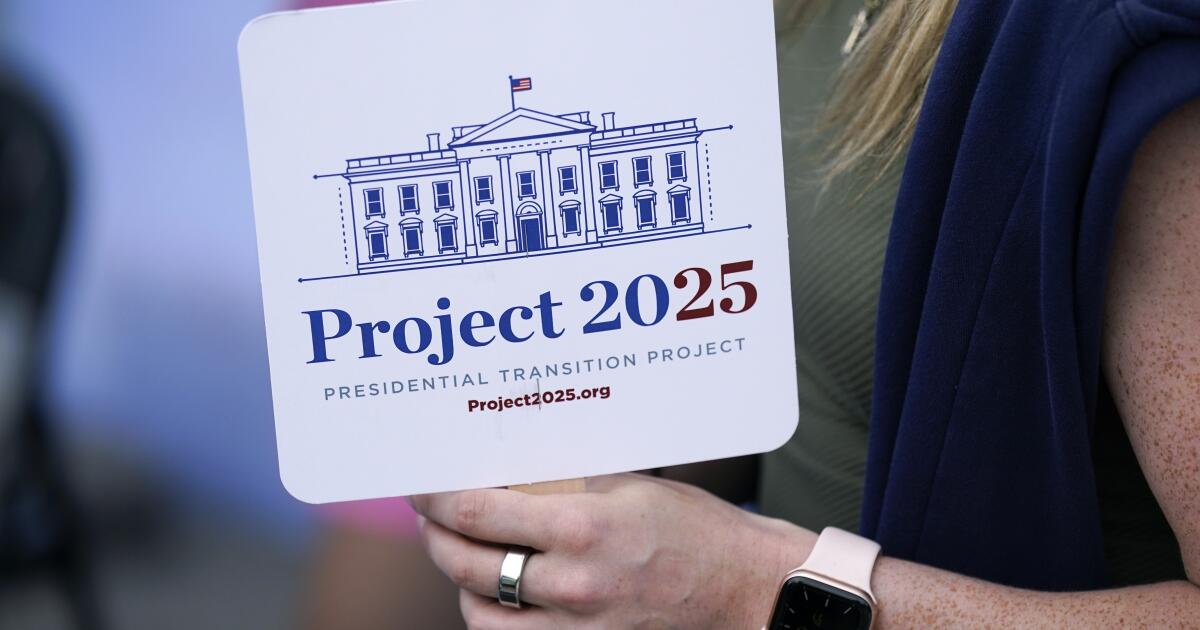IA will promote more than 50% of the capacity of the global data center and more than 70% of income opportunities, according to OMDIA's research director Vlad Galabov digital infrastructure, who said that mass productivity profits in all industries promoted by AI will boost this growth. Speaking during Data Center World 2025 analyst, Galabov made a series of other predictions about the industry:
- The ambitions of 1 MW per Rack of Nvidia and Hyperscalers will probably not materialize for a couple more years until engineering innovation is updated with energy and cooling demands.
- By 2030, more than 35 GW of power of the data center is expected to self -generate, which makes solutions outside the network and behind the subway are no longer optional for those who seek to build new data centers, since many public service companies fight to offer the necessary power.
- Annual capital cost investments of the Data Center (CAPEX) are expected to reach $ 1 billion around the world by 2030, compared to less than $ 500 billion at the end of 2024.
- The strongest area for CAPEX is physical infrastructure, such as power and cooling, where spending increases at a rate of 18% per year.
“As densities and shelf densities increase, investment in physical infrastructure is accelerated,” Galabov said. “We expect a consolidation of the server count where a small number of scaled systems are preferred to an climbing server strategy. The cost per byte/calculation cycle is also decreasing.”
The power capacity of the data center exploits
Galabov highlighted the explosion that AI has caused in the energy needs of the data center. When the IA wave began at the end of 2023, the installed energy capacity in the data centers worldwide was less than 150 GW. But with 120 kW of bastor designs on the immediate horizon and 600 kW shelves just about two years away, it forecasts almost 400 GW of cumulative data center capacity by 2030. With new additions of capacity of data centers that are approaching 50 GW per year at the end of the decade, it will not spend much time before half of a Terawatt becomes the norm.
But not everyone will survive the wild west of the AI and DC market. Many DC Campus and Neocloud developments will not be able to build a long -term business model, since some lack the experience and knowledge of business to survive. It does not concentrate on a single supplier, Galabov warned, since some will fail.
More Data Center World 2025 Coverage: Nvidia vision for AI factories
AI drives liquid cooling innovation
The main analyst of OMDIA, Shen Wang, presented the cooling repercussions of the OLA AI. Air cooling reached its limit around 2022, he said. The consensus is that it can deliver up to 80 watts for CM2, with some suppliers that claim that they can take the cooling of the highest air.
Beyond that range, cooling of a single phase is needed to chip (DTC), in which water or a fluid is carried to cold plates that are directly in the upper part of the computer chips to remove the fire. The single -phase DTC can arrive as high as 140 w/cm2.
“The single -phase DTC is the best way to cool chips at this time,” said Wang. “By 2026, the threshold for single -phase DTC will be exceeded by the last racks.” It is then that two -phase liquid cooling must begin to see an increase in adoption rates. Two phases cooling executes fluids at higher temperatures to the chip, which makes steam as part of the cooling process, thus increasing cooling efficiency.
“Advanced chips in the range of 600 watts and above the range are seeing the highest adoption of liquid cooling,” said Wang. “By 2028, 80% of the chips in that category will use liquid cooling, compared to 50% today.”












